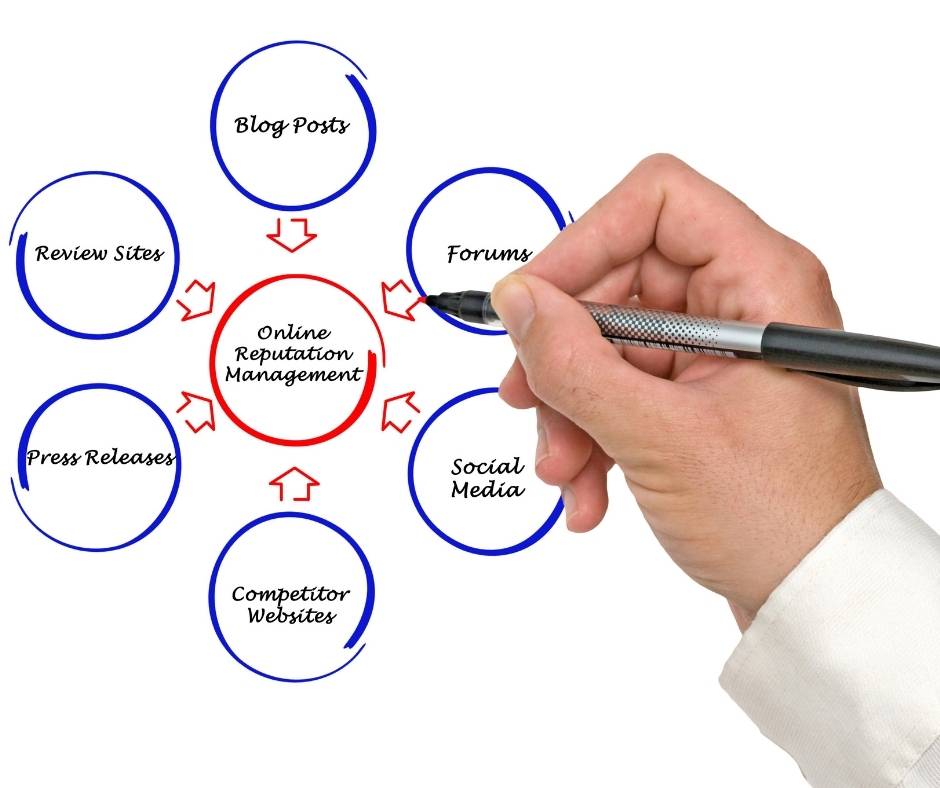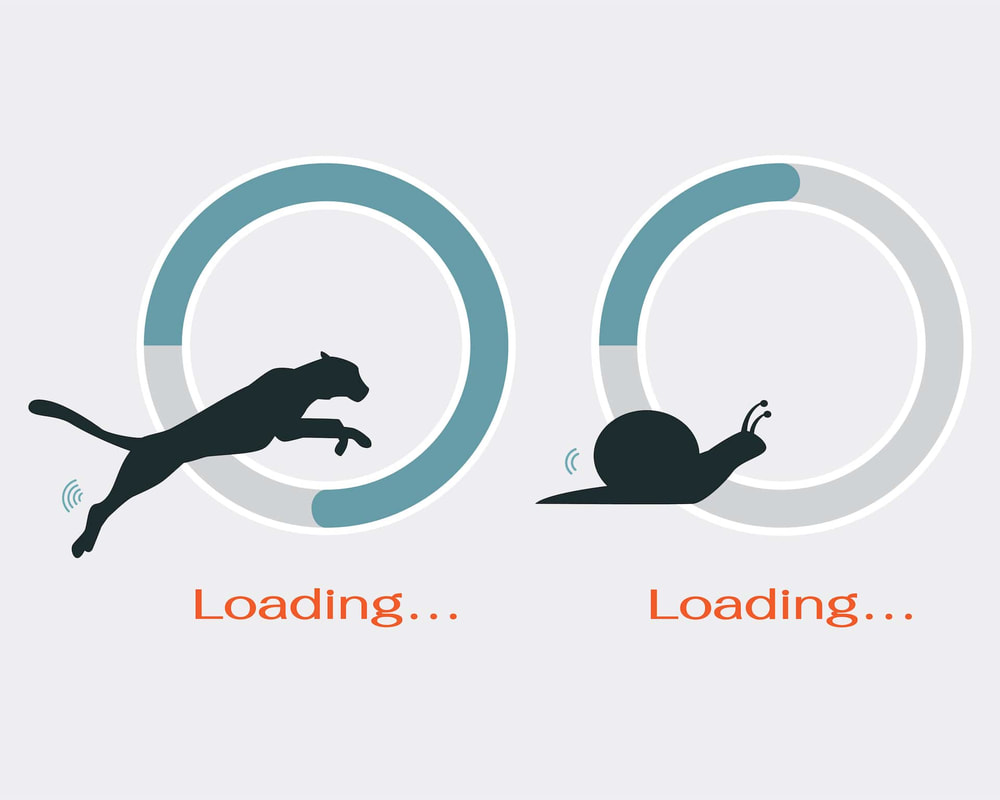Maximizing the 'Like' - ORM Strategies for Boosting Social Media EngagementAh, social media. Remember the early days when we'd 'poke' friends on Facebook or share photos of what we had for lunch? Times have certainly changed. Today, social media is a sophisticated landscape where brands vie for attention, and a 'like' is more than just a virtual nod—it's digital gold. With the ever-evolving algorithms and changing user behaviours, mastering ORM strategies for social media engagement is crucial. But first, what is ORM? Online Reputation Management (ORM) - The Unsung Hero of Digital MarketingORM, or Online Reputation Management, involves strategies and efforts to shape the public's perception of an organization on the digital platform. Think of it as digital PR. It's about managing negative feedback and actively building a positive brand image. And in today's interconnected world, ORM is essential for social media success. Remember when my cousin, a budding entrepreneur, got his first negative review online? He was devastated, thinking that one comment would break his business. However, he addressed the concern with effective ORM and turned the critique into an opportunity, showing customers his dedication to quality service. That's the power of ORM! Why ORM Strategies Matter for Social Media EngagementWe've all heard the adage, "All publicity is good publicity." This phrase refers to a time when the very act of being mentioned in public discourse, regardless of the context, could spark interest and drive curiosity about a brand or individual. The underlying belief was that even if people were talking negatively about you, at least they were talking about you. However, this perspective requires some scrutiny with the advent of social media and real-time communication. In the digital age, information spreads at the speed of light. A single tweet or post can reach thousands, if not millions, within minutes. This immediacy, while offering immense opportunities for virality and brand recognition, also carries with it inherent risks. Negative online interactions, especially those that resonate with broader sentiments or tap into current societal discussions, can escalate at an unprecedented rate. What might start as a seemingly minor complaint can snowball into a full-blown PR crisis if addressed slowly and strategically. For example, think of viral tweets highlighting a brand's mistake or oversight; they can garner thousands of retweets and comments in mere hours, with long-lasting impacts on brand perception. Conversely, the digital age also amplifies positive interactions. Genuine, heartwarming stories or commendable brand initiatives can be shared and celebrated widely. When captured and presented authentically, these moments can significantly boost a brand's image, foster customer loyalty, and even drive conversions. Remember the story about a major company going out of its way to fulfill a unique customer request? These stories, when they go viral, not only generate goodwill but can also tangibly impact a brand's bottom line. Given this digital landscape's nuances, ORM (Online Reputation Management) strategies aren't just optional add-ons but fundamental components of a brand's online survival kit. They help brands navigate this intricate web of online interactions, ensuring that they respond effectively to negative feedback and amplify and capitalize on positive engagements. By continuously monitoring, analyzing, and strategizing, brands can harness the immense power of digital publicity to their advantage while safeguarding against potential pitfalls. The 'Like' is Mightier than the SwordThere was a time when the 'like' button was a novel feature on social media platforms. It served as a simple, straightforward method for users to express their appreciation or interest in a post. Over time, however, this seemingly innocuous thumbs-up or heart icon has undergone a profound transformation in its significance and impact. Today, a 'like' is more than just a passive nod of approval. It's a multifaceted emblem representing endorsement, engagement, and brand loyalty. When a user 'likes' your post, they're not merely saying they found your content enjoyable; they're publicly aligning themselves with your message or brand. This act of public alignment is powerful, especially when considering the user's own network of followers or friends whom their interactions might influence. Furthermore, the 'likes' and other interaction metrics have evolved into critical performance indicators for businesses and content creators. A 'like' is a crucial barometer of content quality and relevance in a world inundated with content at every scroll. If your content garners a substantial number of likes, it clearly indicates that it has struck a chord with your audience. This feedback, both quantitative and qualitative, provides invaluable insights into audience preferences, guiding future content strategies. But the significance of the 'like 'continues beyond there. With their ever-evolving algorithms, social media platforms prioritize content based on engagement levels. These algorithms deem posts that amass higher numbers of likes, comments, shares, and other interactions valuable. This means that such content enjoys greater visibility, appearing on more users' feeds and potentially even reaching the coveted 'trending' or 'top posts' sections. Online Reputation Management (ORM) plays a pivotal role in this ecosystem. More is needed to produce content simply; that content must resonate, engage, and inspire action. ORM strategies delve deep into understanding audience behaviours, preferences, and sentiments. By leveraging these insights, brands can craft content that doesn't just seek likes but genuinely engages audiences, fostering discussions, shares, and those all-important likes. After all, in the vast ocean of social media, a 'like' is now a beacon, guiding brands towards genuine engagement and lasting connections. Feedback as a Two-Edged SwordFeedback, both good and bad, offers brands unique insights. I remember once leaving a negative review for a product I bought online. Instead of dismissing my concerns, the company addressed the issue and turned me into a loyal customer. ORM strategies not only manage negative feedback but harness it for growth. Essential ORM Strategies for Boosting Social Media EngagementActive Listening & Prompt ResponseSocial media is a two-way street. Monitoring mentions, comments, and direct messages are crucial. Responding promptly and constructively builds trust. I'll never forget how a simple acknowledgment from my favourite brand made me feel heard and valued. Humanize Your BrandIn today's digital landscape, audiences crave authenticity more than ever. They're bombarded with constant advertisements, promotions, and branded content. Amidst this deluge, the brands that stand out are those that feel genuine, authentic, and, most importantly, human. Rather than being just another logo or product on a feed, these brands become relatable entities that consumers can form genuine connections with. Why is this? Simply put, people connect with people. It's a basic human instinct to be drawn to narratives, personalities, and faces, much more than abstract logos or polished commercials. Behind every successful brand is a team of passionate individuals with their own stories, dreams, and roles in shaping the brand's journey. Sharing behind-the-scenes content can be a transformative strategy, providing audiences with a unique window into a company's daily operations, challenges, and triumphs. This might be a day in an employee's life, the process of crafting a product, or even the chaos and laughter of a team brainstorming session. These candid moments, unfiltered and genuine, allow audiences to see the hard work, dedication, and passion that goes into every product or service. Such insights can foster trust and loyalty, attributes invaluable to any brand. However, it's not just about giving audiences a peek behind the curtain; it's about narrating a compelling brand story and building a memorable brand persona. Introducing team members, sharing their anecdotes, and celebrating milestones paint a comprehensive picture of the brand's ethos, values, and vision. When a brand shares its story—its origins, challenges, and achievements—it provides context and depth, allowing consumers to understand and appreciate its journey. This storytelling approach, coupled with personal introductions and authentic engagement, creates a brand persona that resonates deeply, facilitating stronger connections and lasting brand loyalty. After all, in the vast marketplace, it's the brands with heart and soul that truly leave an indelible mark on consumers' minds. Leverage User-Generated Content (UGC)UGC is a goldmine. Encourage customers to share their experiences, repost their content, and create a community. My friend once had her photo reposted by a major brand, and her excitement was contagious! Foster Collaborations & PartnershipsCollaborate with influencers and complementary brands. It expands the reach and taps into new audiences. I discovered so many brands just by seeing them collaborate with the personalities I follow. Regularly Review & UpdateThe digital landscape evolves rapidly. Regularly review your strategies, analyze what's working, and be ready to pivot. Remember, flexibility can be a game-changer. ConclusionORM strategies for social media engagement are more than just tools—they're the foundation of successful digital interaction. They turn passive followers into active brand ambassadors. Understanding and leveraging ORM is non-negotiable in an age where a 'like' can determine visibility and reputation. Remember, it's not just about chasing likes or comments; it's about creating genuine, meaningful connections. So, the next time you see a notification pop up, know it's not just a 'like.' It's an opportunity. And with the right ORM strategies in place, it's an opportunity you'll be well-prepared to seize. Your brand's digital reputation is pivotal in today's marketplace. Dive deeper with a comprehensive ORM assessment at Reputation Mart. Ready to elevate your brand's online presence? Click below for an expert consultation and take the first step towards a robust digital transformation. Your brand's future reputation starts here!" |
AuthorReputationMart.com - passionate digital marketing team. Archives
May 2024
Categories
All
|







 RSS Feed
RSS Feed

10/2/2023
0 Comments